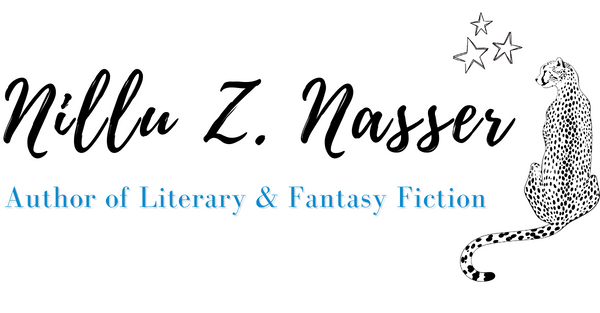 Photo by Pen Waggener
Photo by Pen Waggener
I’m a language purist at heart. You know the type. I know I’m not alone. How many of you insist on writing out words in full, even when you are texting? I like seeing every letter painfully spelt out. It brings me joy, masochist that I am. Not for me, the LOLs, TIAs, BTWs and OMGs (except ironically, of course). There’s nothing like struggling to understand teen speak to make you realise you are getting older. ROFL, anyone?
Then along came emoticons and they tested me even further. Their infiltration into language has been dramatic. Even to me, a comment on social media sometimes seems incomplete without an emoticon to punctuate it. Is this rush of smileys a threat to communication fuelled by the global spread of smartphones, the speed of thoughts being splurged across the internet, and the superficiality of our interactions? Or do emoticons form part of a natural evolution of language that breaks down communication to the smallest denominator? Should we celebrate them, given they can be understood across national boundaries and cultural divides?
One thing is for certain: emoticons, emojis and gifs fit with the pace of modern life. We process images more quickly than text. A universal language based on pictures is an ideal that has been around for centuries. A few years ago, data engineer Fred Benenson even used Kickstarter to fund a project translating Moby Dick into emoji. So are emoticons and emoji the new frontier

Photo by Merrill College of Journalism
Although choosing between a limited range of emoticons to express ourselves does not result in nuanced communication, they do give social clues to how the reader is feeling. Take face-to-face and telephone conversations: our expressions, body language and voice inflections add colour to our speech. However, in a world reliant on digital communication, emotional signals are missing. Emoticons provide clues in situations where text can be misunderstood. What is more, they are so childishly drawn, that even when using an angry face, it is hard for the reader to take offence. Emoticons are, therefore, ice-breakers and honesty-enablers, all within a safe zone.
I might snobbishly prefer text over the shortcuts afforded by acronyms and emoticons, and I cringed at the thought of Apple introducing their new emoji enabled keyboard, but I, too, use emoji regularly, although I’m much more comfortable using them in private rather than public communication. Just like I have special phrases developed over the years with close friends, I have begun to notice that emoji slang is developing, combinations of pictures that have a special meaning to only those in the know.
Still, are emoticons and emoji contributing to a decline in the quality of our communication? When we hear bad news on a social network, do we pick up a phone, offer a hug, or just send a sad face emoticon and forget the interaction a few minutes later? Are our superficial connections resulting in superficial empathy? A real life conversation, a touch, is much more supportive than an emoji. In taking short cuts with our emotions, do we risk living less meaningful lives?

Photo by tobiaschames
A few technological advances, such as video calling, encourage in depth, individual interaction with verbal and visual clues. On the whole though, we are increasing our screen time at the expense of real interaction. What does this mean for younger generations – iPhones in hand – who no longer hang out as much in parks, on street corners, in libraries, or at each other’s houses? With the decreased emphasis on real world relationships are they able to develop emotional intelligence? We might communicate more frequently with our social networks, but are we listening or projecting?
For me, I have come to know that a small circle of close friends is more satisfying than a large network of superficial ones. Whereas once I would have mourned the loss of certain friendships as we move through life, I understand now that it is perfectly normal to have intense friendships based on locations or situations, and for these to mellow with time.
Abandoning online social networks might cause anxiety; equally, there is anxiety attached to having too many friends, to having to react to the constant flow of chatter and outrage online. We worry we will miss out on updates from friends. Meanwhile, checking our networks becomes an addiction, something to wean ourselves off. That is to say, new technology has made relationships simultaneously more persistent and less fulfilling.
We used to have letters; now we exchange information in nanoseconds. (That’s a good point to link to an oldie but goldie post of mine, but really, who has time to write letters nowadays?!) As younger generations enter the workforce, perhaps emoticons, emojis, acronyms and gifs will begin to penetrate that barrier between colloquial and professional communication.
Maybe this flexibility of language will encourage communication across cultural and social divides. It could be that new technology and its languages will prove eventually to be not only indispensable, but a force for good. Or maybe, we are the test generations, and in time their use will become more moderate. I won’t hold my breath. I suspect I’ll be too busy checking my phone.
